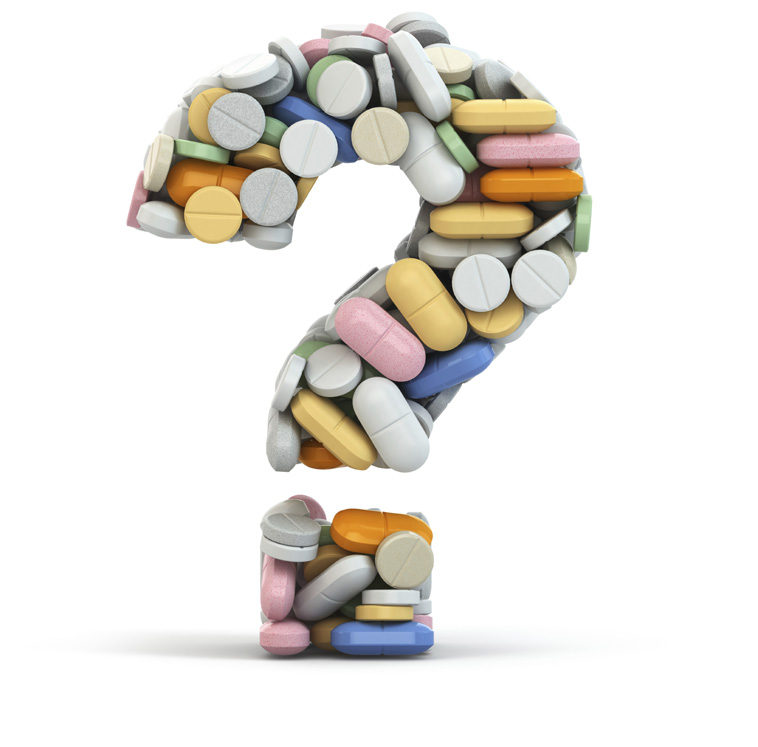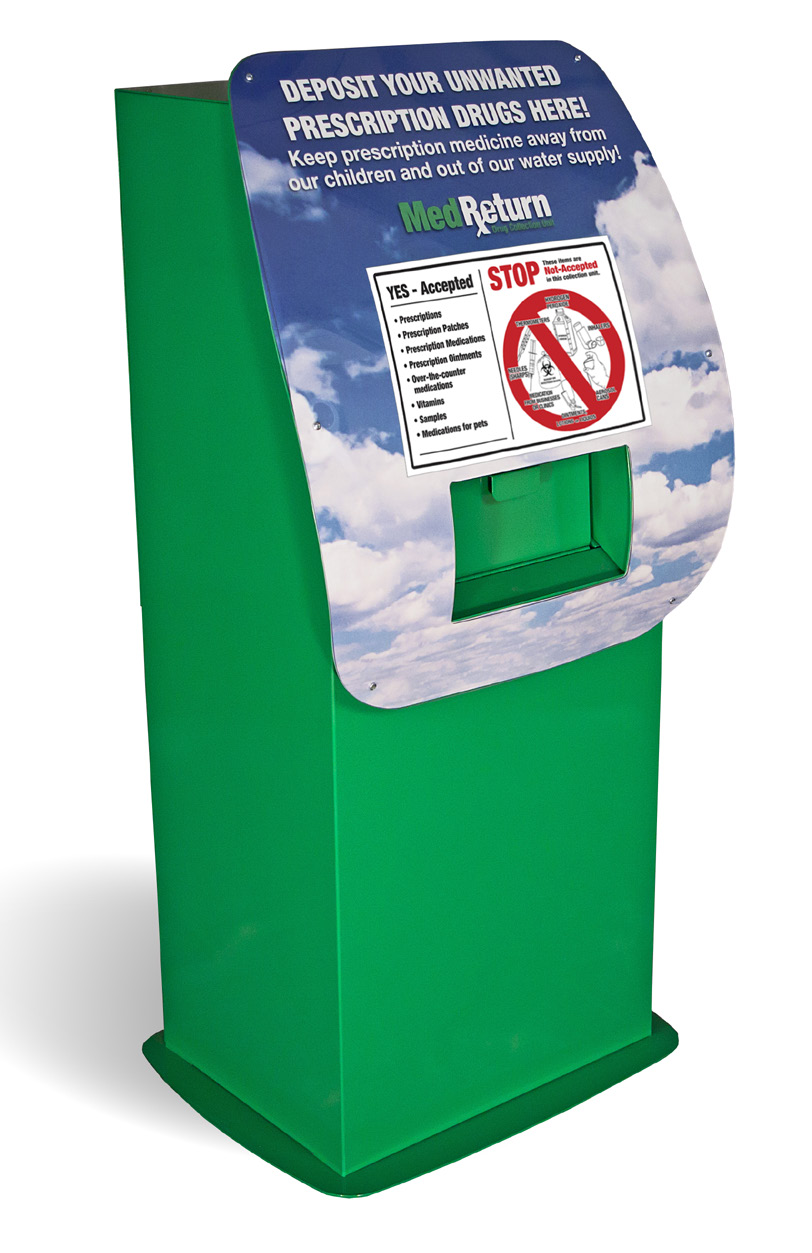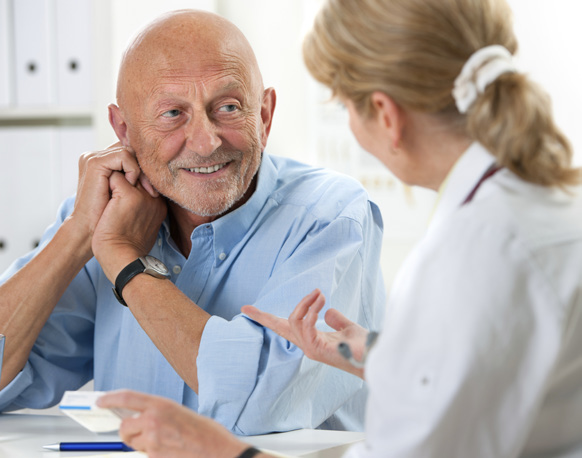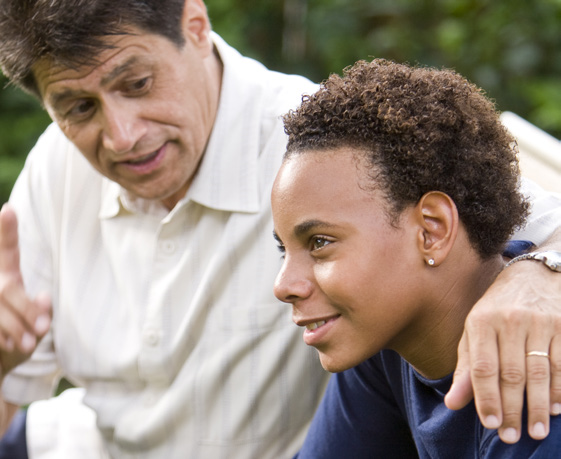Pastop.org

Facts About Opioid Overdose
How Does an Overdose Occur?
Opioid overdose can occur when a patient misunderstands the directions
for use, accidentally takes an extra dose, or deliberately misuses a
prescription opioid or an illicit drug such as heroin. Also at risk is the
person who takes opioid medications prescribed for someone else, as is the
individual who combines opioids — prescribed or illicit — with alcohol, certain
other medications, and even some over-the-counter products that depress
breathing, heart rate, and other functions of the central nervous system.
How to Avoid Opioid Overdose
1. Take medicine only if it has been prescribed to you by your doctor.
2. Do not take more medicine or take it more often than instructed.
3. Call a doctor if your pain gets worse.
4. Never mix pain medicines with alcohol, sleeping pills, or any illicit substance.
5. Store your medicine in a safe place where children or pets cannot reach it.
6. Learn the signs of overdose and how to use naloxone to keep it from
becoming fatal.
7. Teach your family and friends how to respond to an overdose.
8. Dispose of unused medication properly.
What Is Naloxone?
Naloxone (Narcan) is an antidote to opioid overdose. It is an opioid antagonist
that is used to reverse the effects of opioids. Naloxone works by blocking opiate
receptor sites. It is not effective in treating overdoses of benzodiazepines (such
as Valium, Xanax, or Klonopin), barbiturates (Seconal or Fiorinal), clonidine, Elavil,
GHB, or ketamine. It also is not effective in treating overdoses of stimulants
such as cocaine and amphetamines (including methamphetamine and Ecstasy).
However, if opioids are taken in combination with other sedatives or stimulants,
naloxone may be helpful.
Opioid Overdose Toolkit (continued)
Where Can I Get Naloxone?
In 2014, Pennsylvania made it legal for family and friends of opiate users
to obtain naloxone prescriptions. Any physician can prescribe naloxone.
Some counties (such as Allegheny County) have issued a standing order for
naloxone which allows anyone to obtain it directly from a pharmacy without a
prescription. Make sure to check with your pharmacist to see if she dispenses
naloxone. Currently, most Pennsylvania pharmacies do not dispense naloxone,
but the list of pharmacies who do is growing.
For more information, see the Pennsylvania Department of Health website.
Material adapted for PAStop
by IRETA from "Facts
About Opioid Overdose" by
SAMHSA. Sponsored by the
Commonwealth Prevention
Alliance through funding made
available by the Pennsylvania
Commission on Crime and

Seeking Drug Abuse Treatment:
Know What to Ask
Trying to identify the right treatment programs for a loved one can be a difficult
process. The National Institute on Drug Abuse (NIDA) recommends asking the
following questions when searching for a treatment program:
Does the program use treatments backed by
Q: scientific evidence?
Effective drug abuse treatments can include behavioral therapy, medications, or,
A: ideally, their combination. Examples of evidence-supported behavioral therapies are
cognitive behavioral therapy, motivational incentives, and motivational interviewing.
Medications are an important part of treatment for many patients, especially when
combined with behavioral therapies.
Does the program tailor treatment to the needs
Q: of each patient?
No single treatment is right for everyone. The best treatment addresses a person's
A: various needs, not just his or her drug use. For example, a patient may require other
medical services, family therapy, parenting support, job training, and social and legal
services. Because substance use disorders and other mental disorders often
occur together, a person with one of these conditions should be assessed for the
other. And when these problems co-occur, treatment should address both
(or all conditions).
Does the program adapt treatment as the
Q: patient's needs change?
Individual treatment and service plans must be assessed and modified as needed to
A: meet changing needs. For most people, a continuing care approach provides the best
results, with treatment level adapted to a person's changing needs.
Q: Is the duration of treatment sufficient?
Material adapted
for PAStop by IRETA
from "Seeking Drug
Research tells us that most addicted people need at least three months in treatment
Abuse Treatment:
A: to really reduce or stop their drug use and that longer treatment times result in better
Know What to Ask"
outcomes. The best programs will measure progress and suggest plans for
by the National
Institute on Drug
Abuse. Sponsored by
the Commonwealth
Prevention Alliance
How do 12-step or similar recovery programs fit into
through funding
Q: drug addiction treatment?
made available by
the Pennsylvania
Although they are not professional treatment, self-help groups can complement and
Commission
on Crime and
A: extend the effects of professional treatment.

How to Dispose of
Unused Medicines
There are Several Ways to Safely Dispose of
Unused Medications:
1. See if a drug take-back program is available in your community. There are
medication drop boxes in many areas of the state for safe disposal. The PA
Department of Drug and Alcohol Programs(DDAP) has a searchable database of
take back locations. (Copy this link into your browser, or visit the PASTop.org
website for a direct link: https://apps.ddap.pa.gov/GetHelpNow/PillDrop.aspx)
2. Check with your local Drug and Alcohol Agency or police department to see
if there are any medication take-back programs in your area, such as the ones
previously held by the DEA.
3. Throw the drugs in the household trash following these steps:
• Remove them from their original containers and mix them with an undesirable
substance, such as used coffee grounds or kitty litter.
• Place the mixture in a sealable bag, empty can, or other container to prevent
the drug from leaking or breaking out of a garbage bag.
Other Tips Before Throwing Out a Medicine Container:
• Remove/scratch out all identifying information on the prescription label to
make it unreadable.
• Do not give your medicine to friends. A medicine that works for you could be
dangerous for someone else.
• When in doubt about proper disposal, talk to your pharmacist.
4. Some medications can be disposed of safely by flushing down the toilet, but, it is
important to know which ones.
If the drug labeling/patient information instructs you to flush the medication or if
it appears on the FDA list, flush it. If the medication does not appear on the FDA's
list and the drug labeling/patient information does not specifically instruct you to
do so, do not flush it. Refer to the following link for further information.
(Copy this link into your browser, or visit the PASTop.org website for a direct link:
Material adapted for PAStop
by IRETA from "How to
Dispose of Unused Medicines"
by the Food and Drug
Administration. Sponsored by
the Commonwealth Prevention
Alliance through funding made
available by the Pennsylvania
Commission on Crime and



Medication-Assisted Treatment
For Opioid Addiction
• Medication
• Counseling
• Support
from Family
& Friends
Medication-assisted treatment is one way to help those with opioid addiction
recover their lives. There are three equally important parts to this form of
treatment: medication, counseling, and support from family and friends.
These three parts work together to help people recover.
Addiction Can Be Treated
Treatment helps Opioid addiction can be treated.
people move
Treatment helps people stop using the problem drug. It helps them get through
into healthy,
withdrawal and cope with cravings. Treatment also helps them move away from
addiction-free
other harmful behaviors, such as drinking alcohol or abusing other drugs. Just as
lifestyles — into
important, treatment helps people address life issues they might have that are tied to
the addiction, such as feelings of low self-worth, a bad situation at work or home, or
a way of living
spending time with people who use drugs. In short, treatment helps people move into
referred to
healthy, addiction-free lifestyles—into a way of living referred to as recovery.
Treatment may include medication.
as recovery.
Medication
Medication-assisted treatment is treatment for addiction that includes the use
of medication along with counseling and other support. Treatment that includes
medication is often the best choice for opioid addiction.
If a person is addicted, medication allows him or her to regain a normal state of mind,
free of drug-induced highs and lows. It frees the person from thinking all the time
about the drug. It can reduce problems of withdrawal and craving. These changes can
give the person the chance to focus on the lifestyle changes that lead back to healthy
living. Taking medication for opioid addiction is like taking medication to control heart
disease or diabetes. It is NOT the same as substituting one addictive drug for another.
Used properly, the medication does NOT create a new addiction. It helps people
manage their addiction so that the benefits of recovery can be maintained.
There are three main choices for medication.
The most common medications used in treatment of opioid addiction are methadone
and buprenorphine. Sometimes another medication, called naltrexone, is used. Cost
varies for the different medications. This may need to be taken into account when
considering treatment options.
Medication-Assisted Treatment For Opioid Addiction (continued)
Methadone and buprenorphine trick the brain into thinking it is still getting the
problem opioid. The person taking the medication feels normal, not high, and
withdrawal does not occur. Methadone and buprenorphine also reduce cravings. Naltrexone helps overcome addiction in a different way. It blocks the effect of opioid
drugs. This takes away the feeling of getting high if the problem drug is used again.
This feature makes naltrexone a good choice to prevent relapse (falling back into
problem drug use).
Methadone to treat addiction is dispensed only at specially licensed treatment
centers. Buprenorphine and naltrexone are dispensed at treatment centers or
prescribed by doctors.
Medication is matched to the person.
The right medication has been found when the person feels normal, has minor or no
side effects, does not feel withdrawal, and has cravings under control.
Following directions is important, because taking the medication improperly can lead
to overdose or death.
People can safely take treatment medication as long as needed— for months, a
year, several years, even for life. Sometimes people feel that they no longer need the
medication and would like to stop taking it. Use of methadone and buprenorphine
must be stopped gradually to prevent withdrawal. Stopping naltrexone does not cause
withdrawal. Plans to stop taking a medication should ALWAYS be discussed with a
doctor.
Counseling
Counseling can provide encouragement and motivation to stick to treatment. It can
teach coping skills and how to prevent relapse. And it can help people learn how to
make healthy decisions, handle setbacks and stress, and move forward with their lives. In group counseling, people connect with others in treatment and make new friends
who don't use drugs. They can get these benefits from support groups, too. These are
informal meetings of people facing similar challenges.
Support from Family and Friends
It is very hard to go through recovery alone. Support from family and friends can help
a person make the decision to enter treatment and stick with it.
Material adapted for PAStop
by IRETA from "Medication-
Assisted Treatment for Opioid
Addiction: Facts for Families
and Friends" by the Substance
Abuse and Mental Health
Services Administration
(SAMHSA). Sponsored by the
Commonwealth Prevention
Alliance through funding made
available by the Pennsylvania
Commission on Crime and
Source: http://pastop.org/wp-content/uploads/2015/09/PAStop_Caregiver_Toolkit.pdf
Carsten Thomsen Professor Overlæge CV Radiologisk afdeling X • Wagner A, Burchardt A-J. MR Imaging in advanced abdominal pregnancy. A case report of fetal death. Acta Radiol 1995;36:193-5. • Bagi P, Vejborg I, Colstrup H, Kristensen JK. Pressure/cross-sectional area relations in the proximal urethra of healthy males. Eur Urol 1995;28:51-7.
ORIGINAL SUBMISSION Spirulina platensis GRAS self affirmation 7-1-2011 Executive Summary The objective of this Generally Recognized as Safe (GRAS) determination is to summarize the available safety information on Spirulina platensis, which is used as an ingredient in foods and beverages. We, the undersigned expert panel members, Susan Cho, Ph.D., Joanne Slavin, Ph.D., and George C. Fahey, Jr., Ph.D., have individually and collectively critically evaluated the materials summarized in the Spirulina platensis GRAS report. We conclude that Spirulina platensis is safe and GRAS for its intended use in food. There is broad-based and widely disseminated knowledge concerning the chemistry and health benefits of Spirulina platensis in both human and animals. Pursuant to 21 CFR § 170.30, this GRAS determination for Spirulina platensis is based on scientific procedures. There are no indications of significant adverse effects related to Spirulina platensis in the publicly available literature, and the manufacturing process of Spirulina platensis does not employ any treatments with organic solvents. In the United States, Spirulina platensis has been already recognized as a GRAS substance since 2003 (FDA, GRN 000127). Since that time, several toxicity and human clinical studies have been published to report higher values of safe intake levels than the previously reported. This GRAS notice captures the findings from recent studies.







